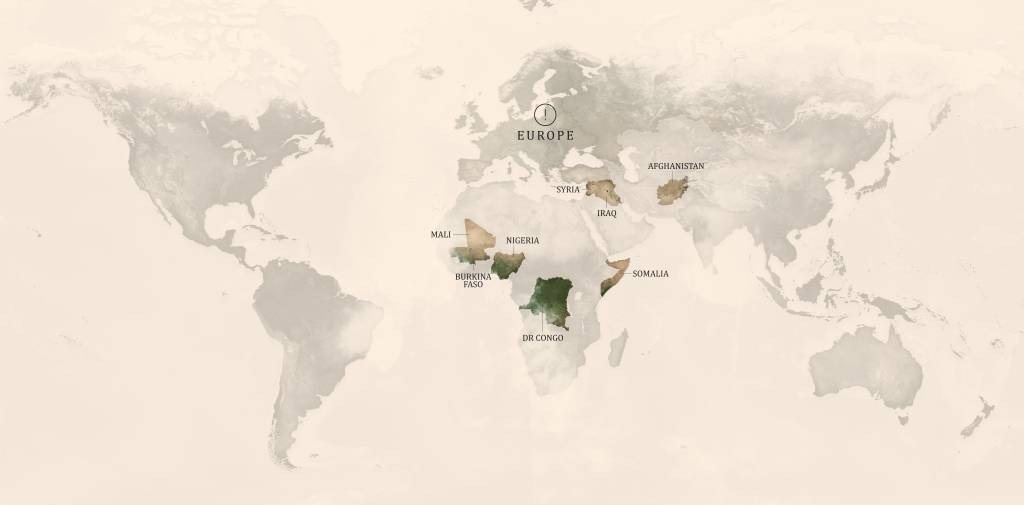Trigger incidents could increase the terrorist threat to Norway
Quran desecrations have given Sweden a prominent place in the enemy perception of militant Islamist terrorist organisations. Both IS and al-Qaeda have called for attacks against Swedish targets, and in the past year, IS has planned such attacks. Norway is not singled out as a priority target in the organisations’ propaganda, but this could change if trigger incidents, e.g., offences against Islam carried out in Norway, receive international attention.
The war between Israel and Hamas has significant radicalisation potential and raises the terrorist threat in Europe. Both IS and al-Qaeda have called for attacks against Israeli and US targets and will seek to attack such targets in their own core areas. The war could also make them change their priorities and direct more resources to planning attacks against the West, and IS could try to use existing networks in Europe to carry out attacks.
The war could incite individuals to carry out acts of violence on their own. In such cases, the distinction between hate crime and terrorism may be blurry. With this war, there has also been a sharp increase in anti-Semitic propaganda from far-right extremists, and the focus on Jewish targets may increase further.
The war in Ukraine has no clear ideological dimension, neither for far-right extremists nor militant Islamists. The groups operating in the war are not involved in ideological indoctrination to any great extent, and carrying out terrorist attacks outside Ukraine is not a strategy for any of them. The few far-right extremist foreign fighters who have travelled to Ukraine from Norway could nevertheless represent a threat when they return.


